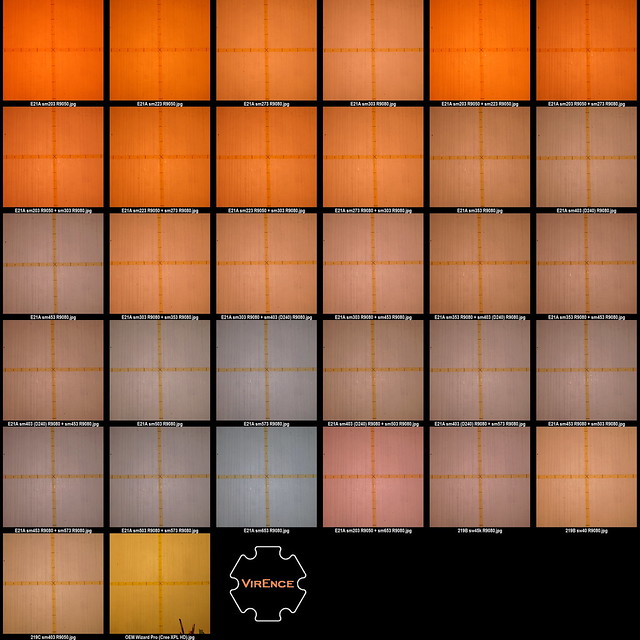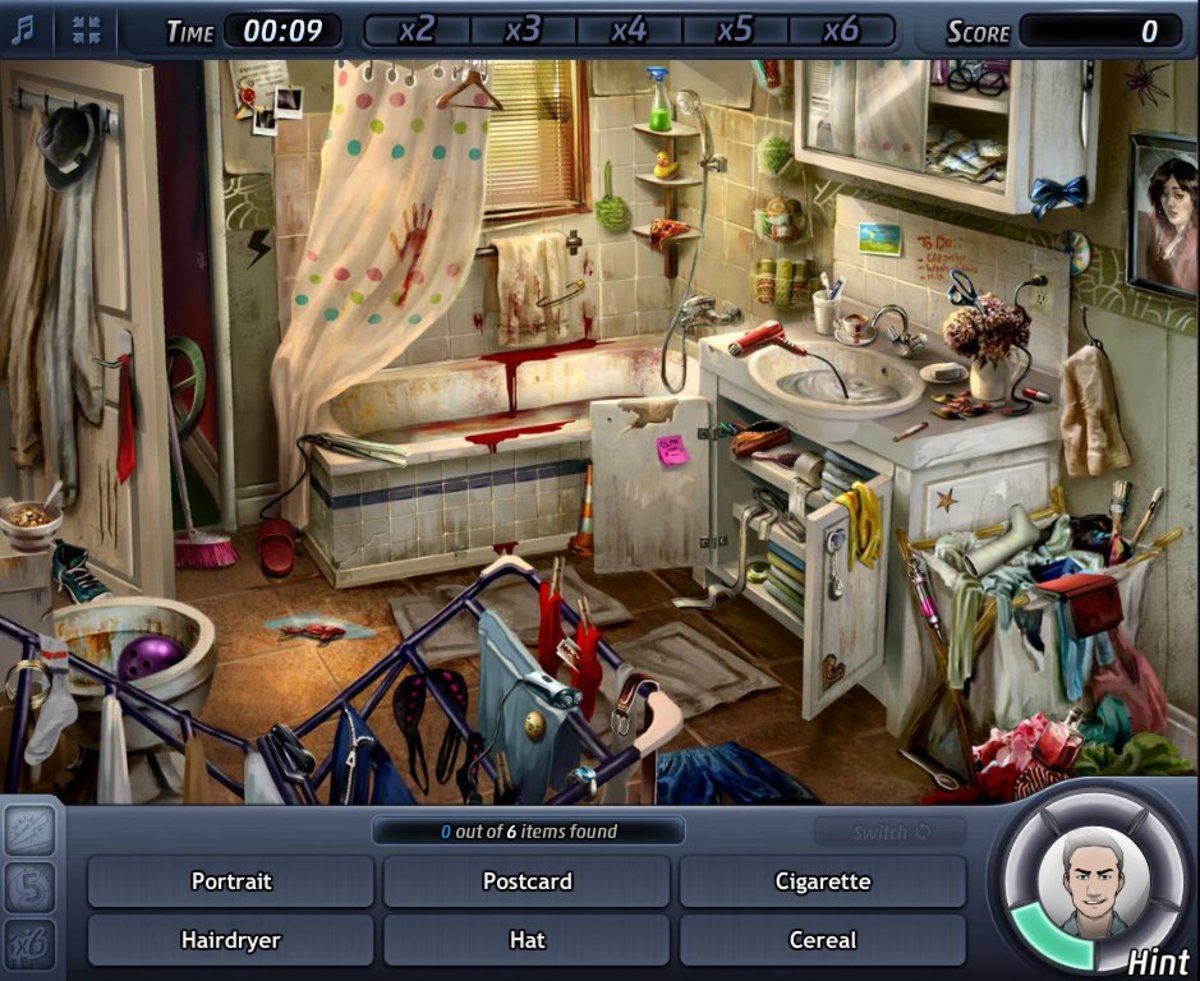You come in peculiar places Ryzbor! What happens in an “insemination laboatory”, before I understand it wrong?
Thanks for all those interesting pics, and they show the capabilities of high CRI illumination well!
You come in peculiar places Ryzbor! What happens in an “insemination laboatory”, before I understand it wrong?
Thanks for all those interesting pics, and they show the capabilities of high CRI illumination well!
Stuff related with breeding stock and agricultural chemistry since it was a communistic state agricultural farm abandoned in the 90’s during the transition to market economy. Yeah you can find peculiar stuff in such places. High-CRI light helps making better pictures.

Another cool pic ![]()
So excited for the Maukka tests! Love the low DUV and high RG. Does tint mixing always result in higher RG?
Hope we get testing for each individual CCT also! I’m going to make a big order from Clemence pending Maukka’s review. ![]() Clemence’s 10mm board fits in a lot of smaller AAA and AA lights like the BLF 348, Enogear AAA and AA stainless steel.
Clemence’s 10mm board fits in a lot of smaller AAA and AA lights like the BLF 348, Enogear AAA and AA stainless steel.
As promised to unknown-offthegrid-anonym-youdon’tknowwho:
The Armytek Wizard Pro Warm XPL baseline located at bottom left. Very easy to find.

[Clemence]
Ryzbor, although I’ve seen your picture many times before, I always find it amusing. Bring back memories when I used to spend hours staring pictures pixel by pixel on my Pentium III computer.

I completed many games like these!

[Clemence]
Is there some specific tint mixing combinations you would like to see?
I’m going to test at least
2000K+6500K
3000K+4000K
3000K+4500K
4000K+5000K
4000K+5700K
Here are the possible combinations
Just as a wild curiosity, it could be fun to see what the RGBA mixed results in.
3500K+4500K certainly would be helpful (to replace the D240)
4000K+4500K as a neutral tinted (?) 4250K
3*4000K+1*5000K if possible
2000k + 3000k. Ive been using this nightly. Curious what it measures. Thanks.
Not much reason to mix such close color temperatures. The difference between 4000K and 4000+4500K will be practically indistinguishable.
Tested the difference. CIEDE2000 color difference is 1.44 which means there’s no practical difference. DeltaE >3 starts to be obvious.

Woohoo, finally Maukka chime in. I’m still on the road to Malang city when I get the notification to this thread. Drove 400km and still 60km to go… Man…LPS everywhere in Java island
[Clemence]
Aren’t they just glorious (sorry, chart doesn’t reach warm enough to show 2000K, 2200K, 2000+3000K).
CRI data for all the emitters and some tint mixes. All except one mistake at 700mA per emitter.
2000K
2200K
2700K
3000K
3500K
4000K
4500K
5000K
5700K
6500K
2000+3000K
3000+4000K
3000+4500K
3500+4500K
4000+4500K (350mA per emitter, oops)
4000+5000K
4000+5700K
2000+6500K
Thanks a lot maukka and clemence.
This is really cool, and I should definitely try some E21A emitters.
Any idea how a 2700K+6500K or 3000K+6500K combo would look? Ideally I’d hope to hit near 4200K with duv –0.008 or so.
Edit: On second thought, perhaps I should just go for the 4500K emitters by themselves. They seem just about right, aside from being a bit less rosy than desired. With the flat surface, it’d probably have a fantastic beam.
Here’s data in a big table:
https://docs.google.com/spreadsheets/d/1CERSuF2JvYtjsoyPh-wEZ0dG6fSI-FDCjcTEVMSppiw/edit?usp=sharing
I haven’t measured lumens yet, so the Y column is just relative brightness.
Open the chart in a photo editing program and draw a line between the emitters you’d like to mix and eyeball the xy coordinates at the middle point. Enter them to a calculator such as this one: Calculate Duv from CIE 1931 xy coordinates | Waveform Lighting
edit: as it happens, in my image the duv (with a bit of a multiplier) is pretty much the 1:1 pixel distance from the BBL, so that helps too

maukka, could you hold total current fixed but change current of components that mixing?
It is interesting would it be trajectory of such kind or not.
